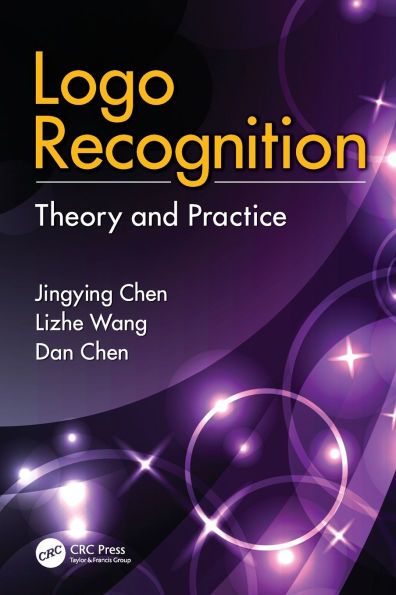Logo Recognition: Theory and Practice is the first book to focus on logo recognition, especially under noisy conditions. Beginning with an introduction to fundamental concepts and methods in pattern and shape recognition, it surveys advances in logo recognition. The authors also propose a new logo recognition system that can be used under adverse conditions such as broken lines, added noise, and occlusion.
The proposed system introduces a novel polygonal approximation, a robust indexing scheme, and a new line segment Hausdorff distance (LHD) matching method that can handle more distortion and transformation types than previous techniques. In the first stage, raw logos are transformed into normalized line segment maps. In the second stage, effective line pattern features are used to index the database to generate a moderate number of likely models. In the third stage, an improved LHD measure screens and generates the best matches. A comprehensive overview of logo recognition, the book also presents successful applications of the technology and suggests directions for future research.
Logo Recognition: Theory and Practice is the first book to focus on logo recognition, especially under noisy conditions. Beginning with an introduction to fundamental concepts and methods in pattern and shape recognition, it surveys advances in logo recognition. The authors also propose a new logo recognition system that can be used under adverse conditions such as broken lines, added noise, and occlusion.
The proposed system introduces a novel polygonal approximation, a robust indexing scheme, and a new line segment Hausdorff distance (LHD) matching method that can handle more distortion and transformation types than previous techniques. In the first stage, raw logos are transformed into normalized line segment maps. In the second stage, effective line pattern features are used to index the database to generate a moderate number of likely models. In the third stage, an improved LHD measure screens and generates the best matches. A comprehensive overview of logo recognition, the book also presents successful applications of the technology and suggests directions for future research.

Logo Recognition: Theory and Practice
194
Logo Recognition: Theory and Practice
194
Product Details
| ISBN-13: | 9781138116757 |
|---|---|
| Publisher: | Taylor & Francis |
| Publication date: | 06/14/2017 |
| Pages: | 194 |
| Product dimensions: | 6.12(w) x 9.19(h) x (d) |
